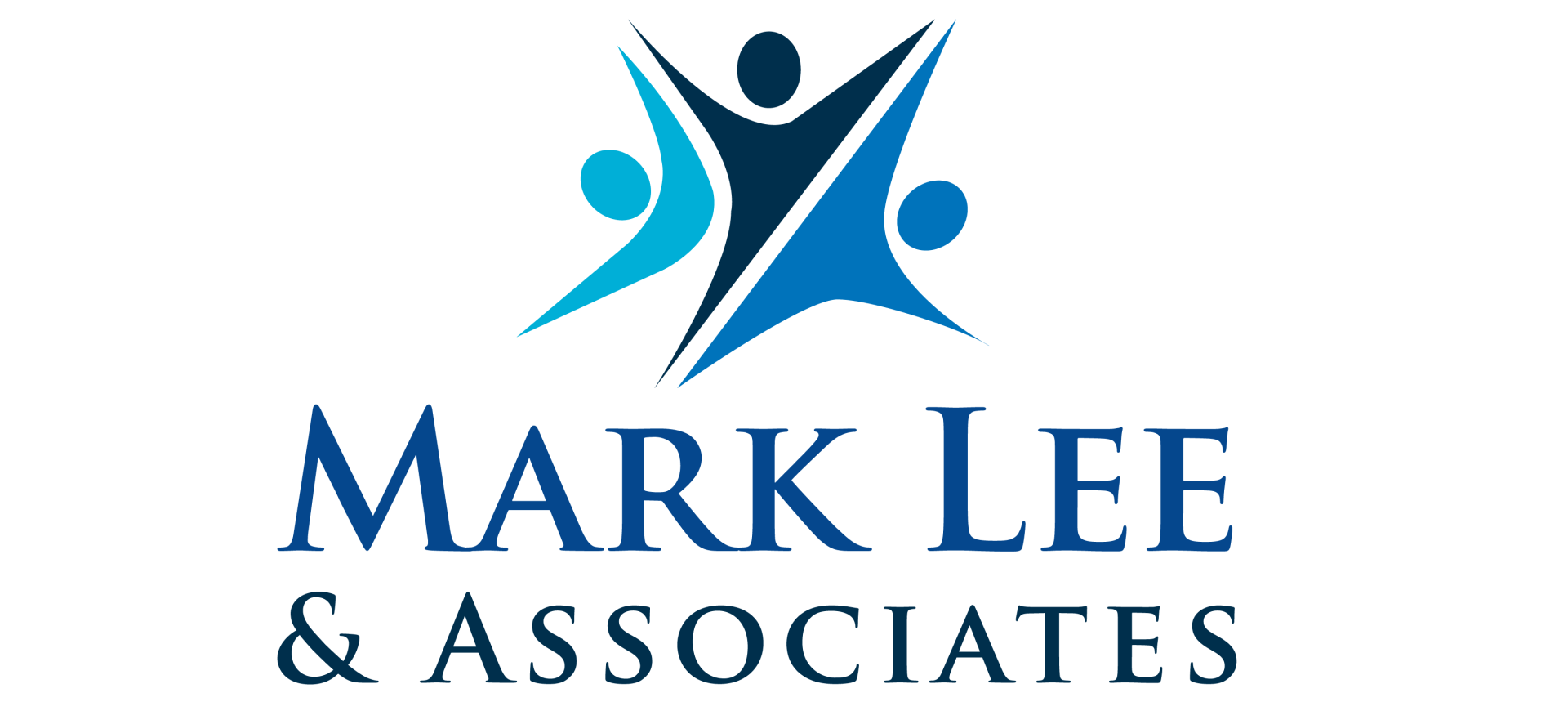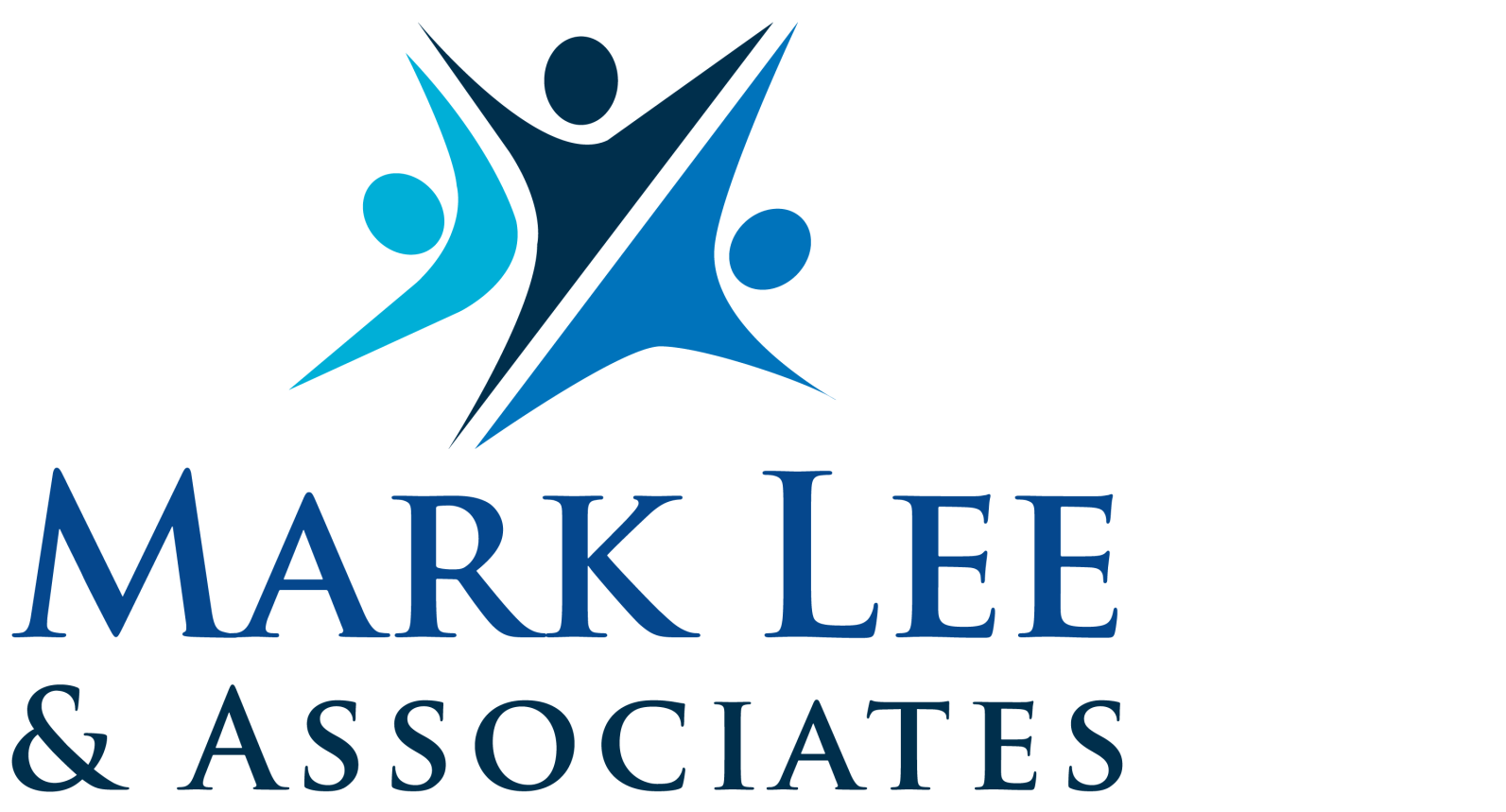Blog

By Mark Lee
•
26 Aug, 2022
Over the past several years there have been several financial products that have gained the attention of advisors and retirees. When planning for retirement, the desire for a safe, low risk product has replaced the fear of the uncertainty of ever-changing interest rates and unpredictable market fluctuations. The safety and security of annuities have increased in acceptance and have changed the perceptions of millions of people over the past 15 to 20 years. During that same time period, the growth of annuities as a safe and reliable retirement product has been extremely popular with the post and pre-retirement population. Now might be a great opportunity to review some of the elements that make up an annuity. What Is an Annuity? An annuity is a retirement instrument used by millions of people around the country as a safe, stable, steady stream of income, usually during their retirement years. The term "annuity" refers to an insurance contract issued and distributed by financial institutions with the intention of paying out invested funds in a fixed income stream in the future. Investors invest in or purchase annuities with monthly premiums or lump-sum payments. The holding institution issues a stream of payments in the future for a specified period of time or for the remainder of the annuitant's life. Annuities are mainly used for retirement purposes and help individuals address the risk of outliving their savings. How an Annuity Works Annuities are designed to provide a steady cash flow for people during their retirement years and to alleviate the fears of outliving their assets. Since these assets may not be enough to sustain their standard of living, some investors may turn to an insurance company or other financial institution to purchase an annuity contract. Generally, the principle that is used to purchase an annuity are not invested in the market. Annuities are structured to follow indexes that follow market performance. This allows the owner of the annuity to benefit from market gains and not be subjected to negative market down turns. Market gains are credited to the annuity on an annual basis. If there are no gains to be credited or there is a market loss, nothing is credited to the account. Different Types of Annuities Immediate and Deferred Annuities Annuities can begin immediately upon deposit of a lump sum, or they can be structured as deferred benefits. The immediate payment annuity begins paying immediately after the annuitant deposits a lump sum. Deferred income annuities, on the other hand, don't begin paying out after the initial investment. Instead, the client specifies an age at which they would like to begin receiving payments from the insurance company. Fixed, Indexed and Variable Annuities Annuities can be structured generally as either fixed, indexed or variable: Fixed annuities provide regular periodic payments to the annuitant. Fixed annuities do not follow an index, there is a fixed interest rate that is applied the policy on an annual basis. That fixed interest is applied to the annuity whether the market goes up or down, or stays the same. Indexed annuities follow one or multiple indexes that report market performance, such as the S & P 500, or the Dow Jones Industrial Average. As the “index” the follows the market performance, that performance is generally credited to the policy on an annual basis. As the market shows gains, those gains are credited to the policy. If there are no gains, nothing is credited. Income from these types of policies are used to provide a steady reliable stream of income for the life of the annuitant. Variable annuities allow the owner to receive larger future payments if investments of the annuity fund do well and smaller payments if its investments do poorly, which provides for less stable cash flow than a fixed annuity but allows the annuitant to reap the benefits of strong returns from their fund's investments. While variable annuities carry some market risk and the potential to lose principal, riders and features can be added to annuity contracts—usually for an extra cost. This allows them to function as hybrid fixed-variable annuities. Contract owners can benefit from upside portfolio potential while enjoying the protection of a guaranteed lifetime minimum withdrawal benefit if the portfolio drops in value. Other riders may be purchased to add a death benefit to the agreement or to accelerate payouts if the annuity holder is diagnosed with a terminal illness. The cost-of-living rider is another common rider that will adjust the annual base cash flows for inflation based on changes in the consumer price index (CPI). There are many benefits to owning an annuity, there is no one size fits all. Annuities are not meant for everyone however, they do provide a level of security for those looking to diversify their portfolio in retirement. To see if an annuity may help with your retirement needs, contact us at: marklee@markleeandassociates.com (860)367-9145 *https://www.investopedia.com/terms/a/annuity.asp

By Mark Lee
•
24 Aug, 2022
The Inflation Reduction Act of 2022 , H.R. 5376, is designed to reduce the deficit and lower inflation while investing in domestic energy and lowering Healthcare drug costs. It passed through the Senate and the House of Representatives in mid-August and is slated to be signed into law by President Biden. It is in essence, a scaled down version of the President’s “Build back Better” Act that was proposed by President Biden in 2021. According to Senate Democrats, the proposed Legislation will raise $725 billion, require total investments of $433 billion and result in a reduction of more than $292 billion over 10 years. As with most legislation out of Washington, the bill contains reems of pages. The following is a condensed summary of its effect on Medicare beneficiaries. Here are some of the highlights. Starting in 2023 , Medicare beneficiaries will have no deductibles, no co-insurance or other cost sharing requirements for any Adult vaccines covered through Medicare Part-D. Monthly out-of-pocket costs for covered Insulin products will now be capped at $35.00 per month. 2024 The subsidy for Medicare low-income beneficiaries participating in the LIS program will increase from 135% to 150% of the poverty level. The LIS program (Low Income Subsidy) is known as extra help. Depending on the level of enrollment of the member, the program provides cost assistance to co-pays on meds, Dr. and hospital visits, and Part-B premiums. The new law will add an estimated 400,000 Seniors to the program. The 5% co-pay that the member pays when entering the “Catastrophic Coverage phase” of Part-D (when out of pocket co-pays reach $7050 in 2022) is no longer required. Part-D out-of-pockets are capped at $7050 for the year. The new legislation will limit Part-D premium increases to no more than 6% per year from 2024 through 2029. This is designed to ensure that premiums do not outpace inflation. 2025 The Part-D out-of-pocket co-pays are now limited to $2000 for the year. This is the first year that Medicare will be allowed to negotiate the cost of Part-D medications. This element of the legislation will have 4 phases. Phase 1, negotiate the cost of the 10 most expensive Pt-D meds for 2026. Phase 2, negotiate the cost of the 15 most expensive Pt-D meds for 2027. Phase 3, negotiate the cost of the 15 most expensive Pt-B and Pt-D meds for 2028. Phase 4, negotiate the cost of the 20 most expensive Pt-B and Pt-D meds for 2029. There is an Inflation Rebate included in this Bill. As previously stated, negotiations will not effect medications until 2026. This legislation will penalize Pharmaceutical companies for raising Medicare drug pricing faster than the rate of inflation. Drug companies would have to pay the government the difference between the prices charges and the inflation rate for all Medicare sales of that drug. There are elements to the Inflation Reduction Act of 2022 not mentioned here, and of course many people wanted more and some others felt the Legislation has gone too far. To the dismay of many there are no provisions for Dental or Hearing coverage as many would have preferred. The good news is that these benefits are available on some existing plan offerings, every Medicare beneficiary is eligible to benefit from this new bill. There are no restrictions on income attached to this bill. These changes can be confusing. It helps to have a professional who can guide you through these differences. If you are not sure how this new legislation will affect your Medicare coverage, feel free to contact me directly at: Mark Lee. Office (860)367-9145 Email marklee@markleeandassociates.com
Licensed Insurance Professional. Respond and learn how financial products, including life insurance and annuities can be used in various planning strategies for retirement.
This material has been provided by a licensed insurance professional for informational and educational purposes only and is not endorsed or affiliated with the Social Security Administration or any government agency. It is not intended to provide, and should not be relied upon for, accounting, legal, tax or investment advice. 21169 - 2021/7/13





